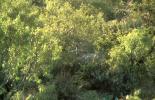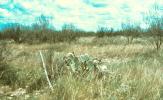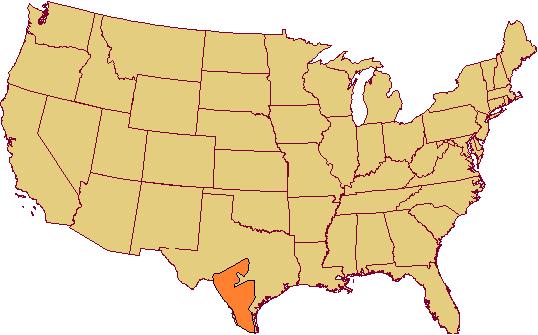



The Texas savanna originally may have been largely mixed prairie grassland, but currently is a high-shrub savanna. It occupies the western end of Gulf Coastal Plain and the southern end of the Great Plains. Elevation ranges from 200 meters near the Gulf of Mexico to over 1000 meters at the western edge of the Edwards Plateau. The area is relatively flat but is cut through by ravines and arroyos.
Climate. The climate of this region is relatively warm and humid with the frost-free season ranging from 200 to 350 days to frost-free. Precipitation comes mostly in summer and ranges from 50 to 75 centimeters. Potential evaporation is roughly twice that of precipitation.
Soils. The soils of the region include mollisols, alfisols, vertisols, and entisols. Mollisols make up a major portion of the region and support the juniper-oak and the mesquite-acacia savannas. The entisols are covered by the mesquite-liveoak savanna type. Alfisols support the mesquite oak savanna.
Vegetation. The entire area could be classed a mesquite shrubland. Five distinct vegetation types exist in the region: (1) the mesquite-liveoak savanna, (2) the mesquite-acacia savanna, (3) the mesquite-oak, (4) the juniper-oak savanna, and (5) the ceniza shrub.
Management. Cattle are the primary grazers in this region, but sheep and goats are also important with combinations of those three species likely providing the best grazing use. Conversion of the brushy areas to a grassland is frequent, but revision of the shrubby species is rapid. Deer management is a common practice with hunting leases sold over much of the area.